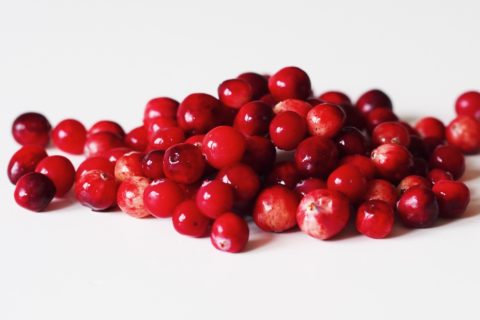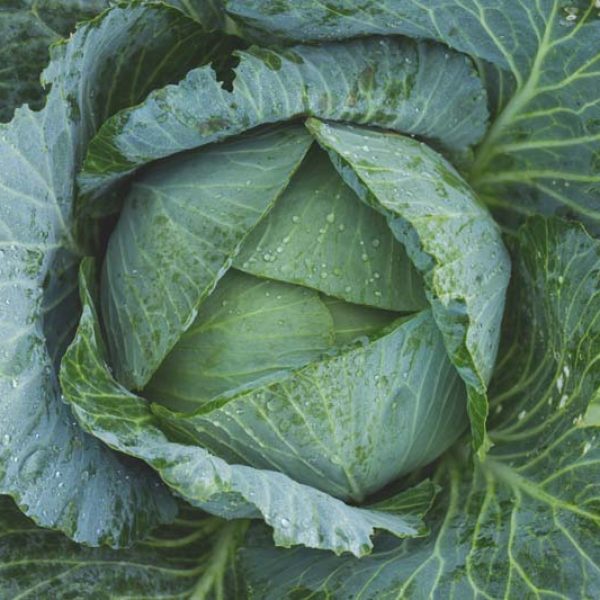Cranberries are a group of evergreen dwarf shrubs or trailing vines in the subgenus Oxycoccus of the genus Vaccinium. In Britain, cranberry may refer to the native species Vaccinium oxycoccos,[1] while in North America, cranberry may refer to Vaccinium macrocarpon.[2] Vaccinium oxycoccos is cultivated in central and northern Europe, while Vaccinium macrocarpon is cultivated throughout the northern United States, Canada and Chile.[3] In some methods of classification, Oxycoccus is regarded as a genus in its own right.[4] They can be found in acidic bogs throughout the cooler regions of the Northern Hemisphere.
Cranberry
Cranberries are related to bilberries, blueberries, and huckleberries, all in Vaccinium subgenus Vaccinium. These differ in having bell-shaped flowers, the petals not being reflexed, and woodier stems, forming taller shrubs. There are 3-4 species of cranberry, classified by subgenus:[7]
The name cranberry derives from the German kraanbere (English translation, craneberry), first named as cranberry in English by the missionary John Eliot in 1647.[10] Around 1694, German and Dutch colonists in New England used the word, cranberry, to represent the expanding flower, stem, calyx, and petals resembling the neck, head, and bill of a crane.[11][12] The traditional English name for the plant more common in Europe, Vaccinium oxycoccos, fenberry, originated from plants with small red berries found growing in fen (marsh) lands of England.[11]




